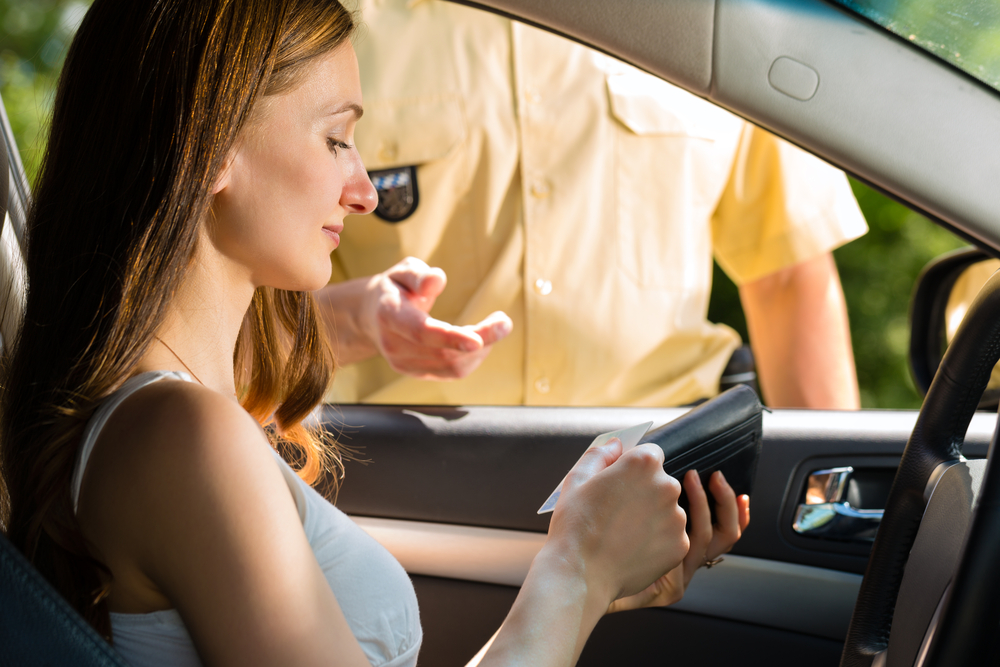
Driving restrictions for 17-year-olds are in place to enhance safety on the roads while allowing young drivers to gain valuable experience behind the wheel. As a 17-year-old driver, it’s important to be aware of the specific limitations and requirements set by law, which may include supervised driving hours, passenger restrictions, and curfews. These limitations are designed to reduce the risk of accidents by addressing factors such as inexperience and the potential distraction of peers.
Each state has its own set of rules, but common restrictions often include the need for a qualified supervisor when driving with a learner’s permit and limits on the number of passengers you can have in the vehicle. For example, in your first year of licensed driving, you may be required to drive without peer passengers or to be off the roads by a certain time at night. Understanding and adhering to these restrictions is not only a matter of legal compliance but also a crucial step in developing safe driving habits that will serve you throughout your life.
Licensing Requirements
When you’re 17, obtaining a driver’s license comes with specific stipulations designed to ensure safety and compliance with the law. Each state sets its own regulations, and as a young driver, it’s crucial to understand and heed these rules.
Learner’s Permit Regulations
In many states, your journey towards independent driving starts with a Learner’s Permit. Requirements vary, but here’s what you generally need to know:
- Age Minimum: Typically, you can obtain a Learner’s Permit at the age of 16, though some places, like Nevada, allow it at 15 and a half.
- Supervised Driving: Expect to drive under supervision for a specified number of hours. For example, Nevada requires 50 hours of behind-the-wheel experience, 10 of which must be at night.
- Holding Period: Most states enforce a waiting period before you can apply for your next license tier, commonly six months with your Learner’s Permit.
Provisional Licensing Standards
Once you’ve satisfied the conditions of your Learner’s Permit, you can progress to a Provisional License. Here’s a breakdown of what that involves:
- Unsupervised Driving: This license typically allows you to drive unsupervised, but with significant restrictions, such as no driving between 1 a.m. and 5 a.m. in some states.
- Passenger Limitations: Many states limit the number of passengers you can have, particularly under the age of 21, unless accompanied by a qualified supervisor.
Adhering to these requirements is essential for your safety and the safety of your passengers. Always check your specific state’s laws—as a Nevada resident, for instance, provisions may differ from the general overview provided here.
Restrictions and Conditions
When you’re 17, understanding the driving restrictions in place is crucial to remain compliant with your state’s laws and to maintain a safe driving environment for yourself and others on the road.
Driving Curfews
In Nevada, you need to be aware that as a 17-year-old driver, you’re subject to a driving curfew. This means you’re not allowed to drive between the hours of 10 p.m. and 5 a.m. unless you’re driving to or from a scheduled event like work or a school activity.
Passenger Limitations
Your passenger capacity is not just about how many seatbelts you have. For instance, Nevada’s laws specify that for the first six months, you cannot have any passengers under the age of 18 who are not immediate family members. After this period, you’re generally allowed to have one passenger under 18.
Cell Phone Usage
As a safety measure, Nevada strictly prohibits all drivers under 18 from using any type of handheld communication device while driving. This includes talking on the phone, texting, or browsing social media. Hands-free use is only permissible in case of emergencies.
If you are looking for legal advice and awareness on Las Vegas Personal Injury Lawyer or Las Vegas Car Accident Lawyer click here to contact us.
